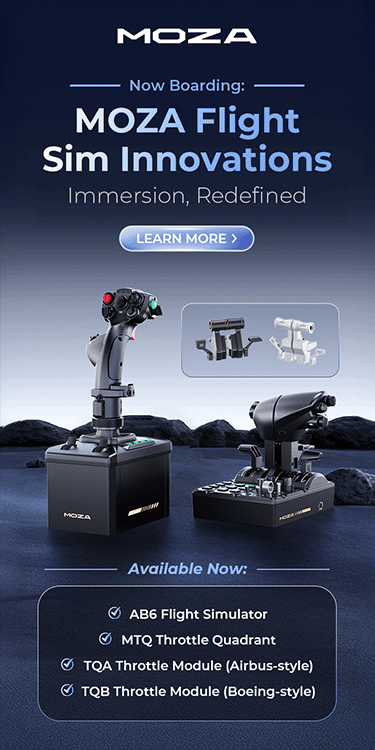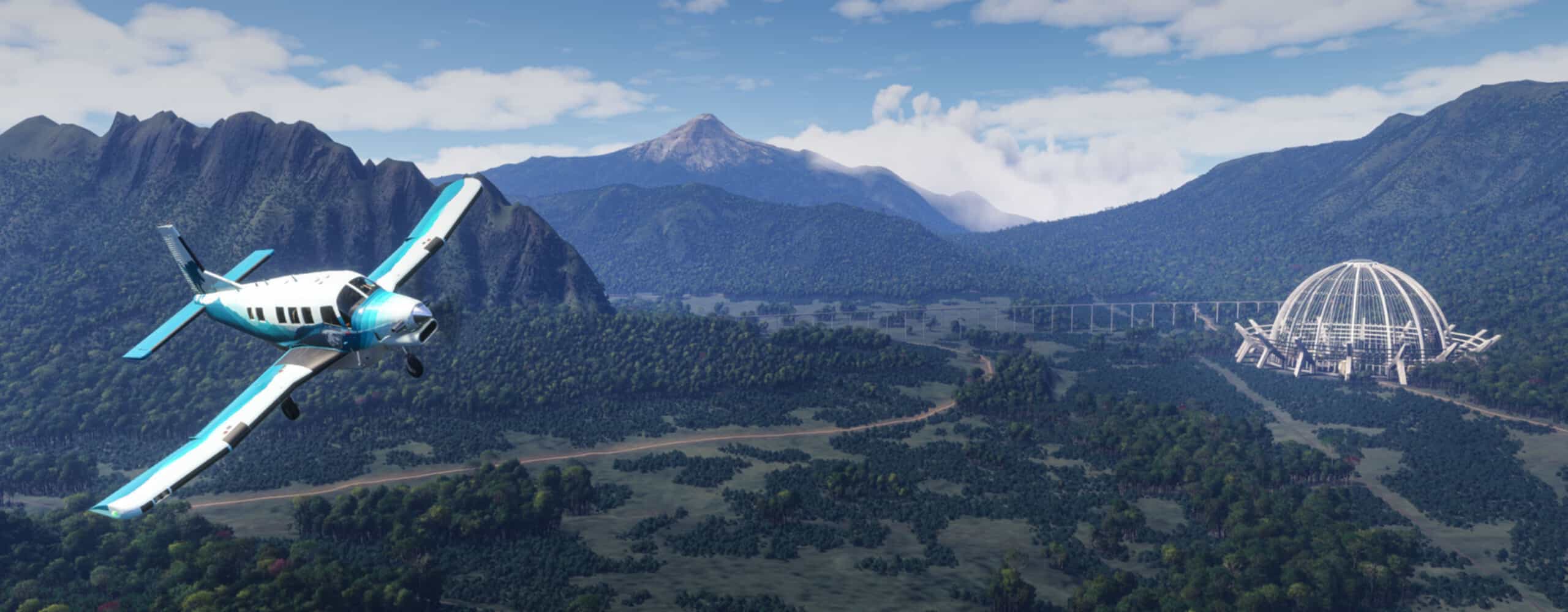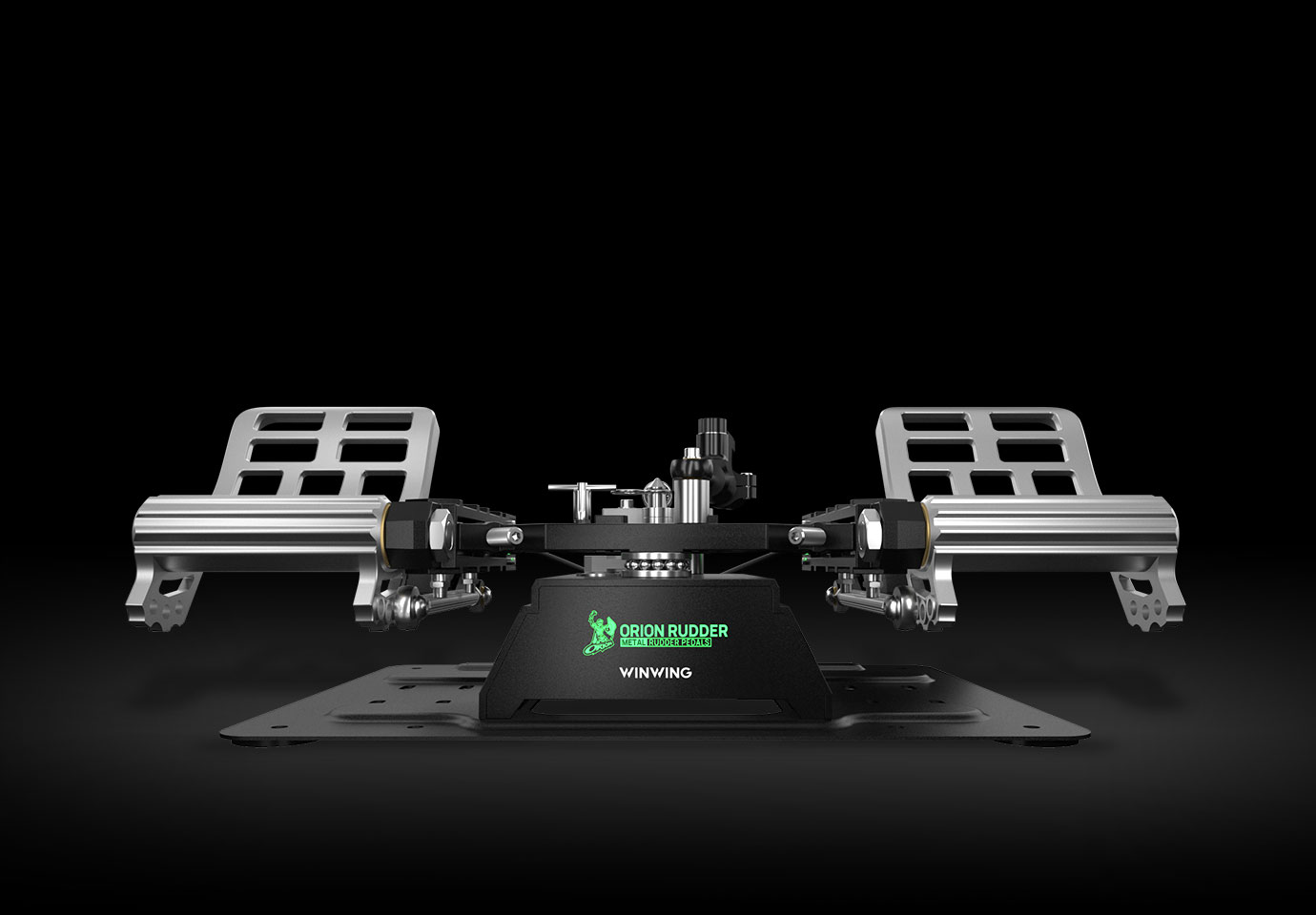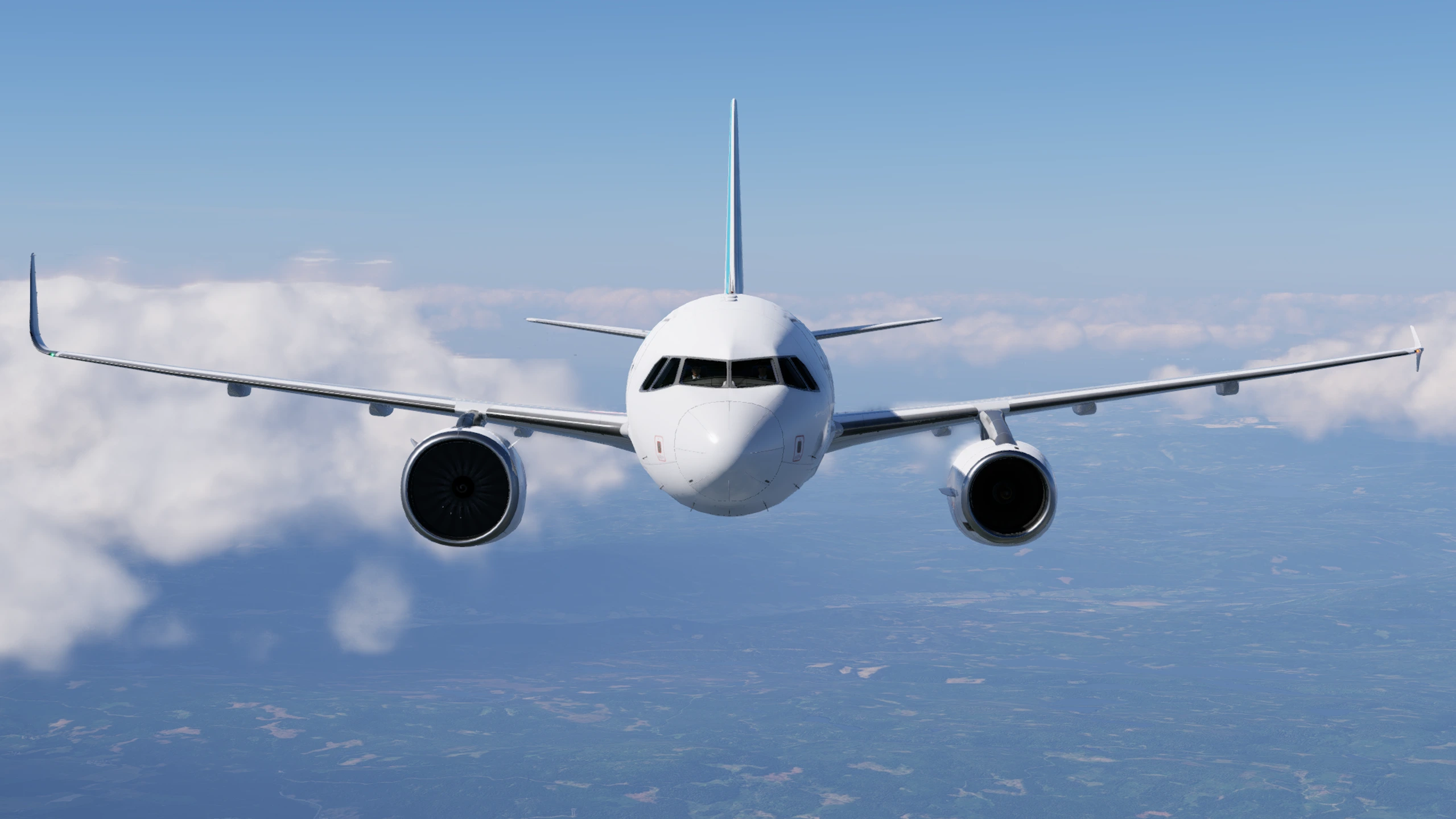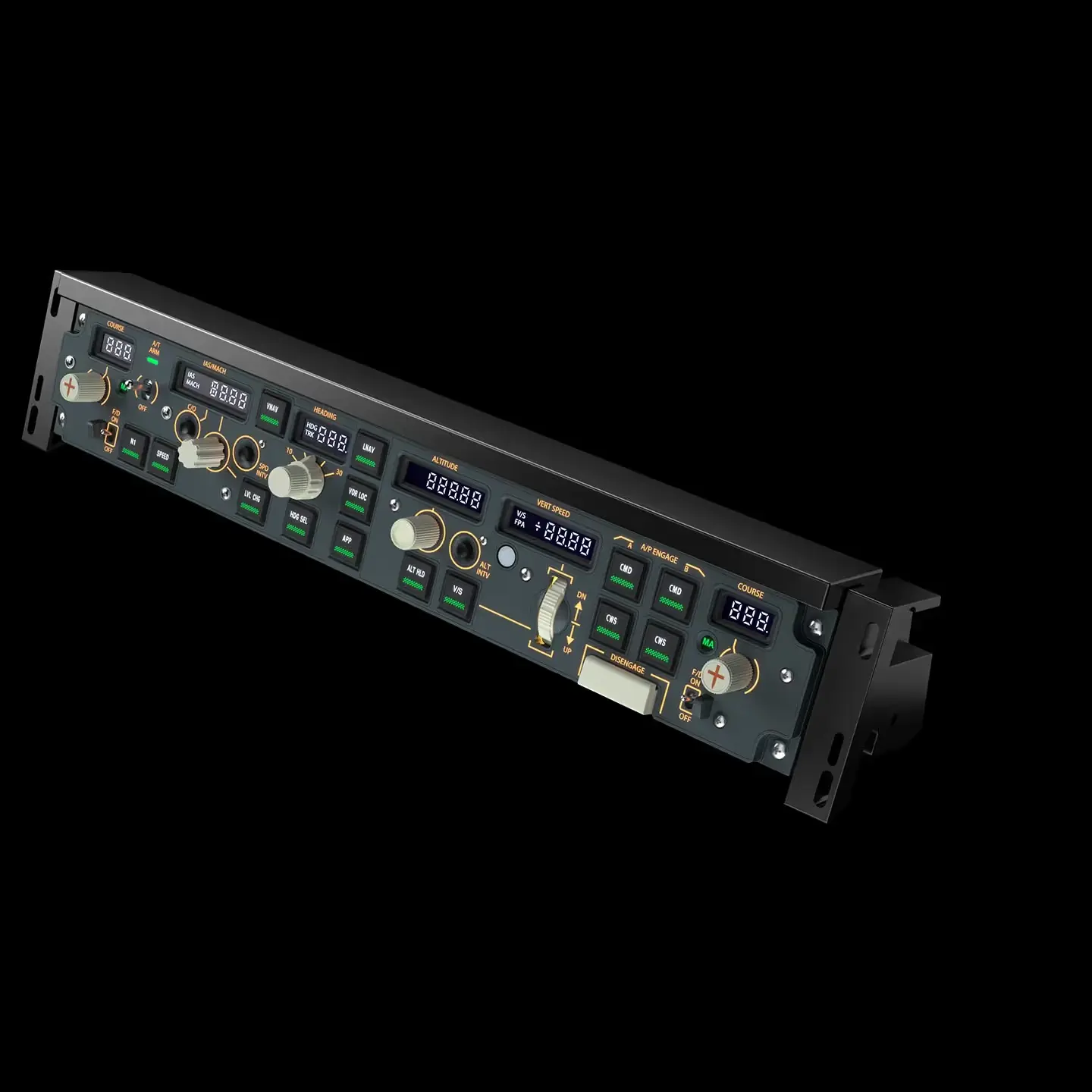Threshold Review: X-Crafts Embraer E-Jets Family 2.0
March 31, 2025
Introduction
The Embraer E-Jet family includes a series of highly successful, narrow-body, twin-engine aircraft manufactured by the Brazilian company Embraer. Designed to be a leading regional jet, the first generation of E-Jets comprises the models E170, E175, E190, E195, and the Lineage 1000. The seating capacity for the commercial variants ranges from 78 passengers on the E170 to 124 on the E195.

The aircraft had its inaugural flight in early 2002, with commercial operations beginning in 2004 with LOT Polish Airlines. As of today, a total of 1,710 aircraft have been built, with the majority being the E175 variant. The success of the E-Jet family and increasing competition also led Embraer to develop the E-Jet E2 family, which features updated and more efficient engines. However, the original E175 model remains in production due to weight and seating restrictions in the Scope Clause at U.S. regional carriers.

First Impressions
I was very much looking forward to trying the Embraer for the first time. Although I didn’t have extensive experience with Embraer aircraft, I had some foundational knowledge. Upon loading in the aircraft, I was immediately impressed.
What struck me right away was the fantastic modeling. This is an area where X-Crafts has excelled in the past and continues to do so. The aircraft is truly stunning, especially noticeable when stepping into the cabin of the Lineage 1000. It features a stunning design, and even small details, like the window blinds, function beautifully. Although the systems were not very familiar to me, they also made me feel right at home and were easy to learn, especially with X-Crafts Demo Flight and Cheat Sheet.

Learning Material
Extensive learning materials are rarely found in flight simulation, so I was curious about what X-Crafts would offer. The "Demo Flight" series features a flight from Bergamo to Vienna, guided by Marko Mamula, the founder of X-Crafts. He provides thorough instruction on everything necessary for a complete IFR flight. The series is divided into three parts: an introduction to the cockpit, the startup procedure, and the flight itself.
You have the option to choose between a detailed explanation of the full procedures or a simplified approach to flying the aircraft from point A to point B. The flight is easy to follow, with Marko being an excellent teacher, and a flight plan is provided. If you prefer reading, written materials are also available.

I found it very easy and enjoyable to learn how to fly the E-Jets family, and I felt comfortable flying it on my own after completing the Demo Flight. However, if at any time I felt I needed assistance, the “Cheat Sheet” was a great resource. Guides like these are greatly appreciated and are an integral part of the value you receive when you purchase an X-Crafts product.

Aircraft Systems
The Embraer E-Jets are equipped with Honeywell avionics that are user-friendly and intuitive. The simulation of these systems is sufficiently detailed for about 90 percent of users and more than good enough for flying from A to B. Recent improvements include the addition of VNAV, FMS speed, automatic ILS tuning and RNAV approaches, which represent significant advancements. X-Crafts has made substantial progress since the original release of these aircraft.
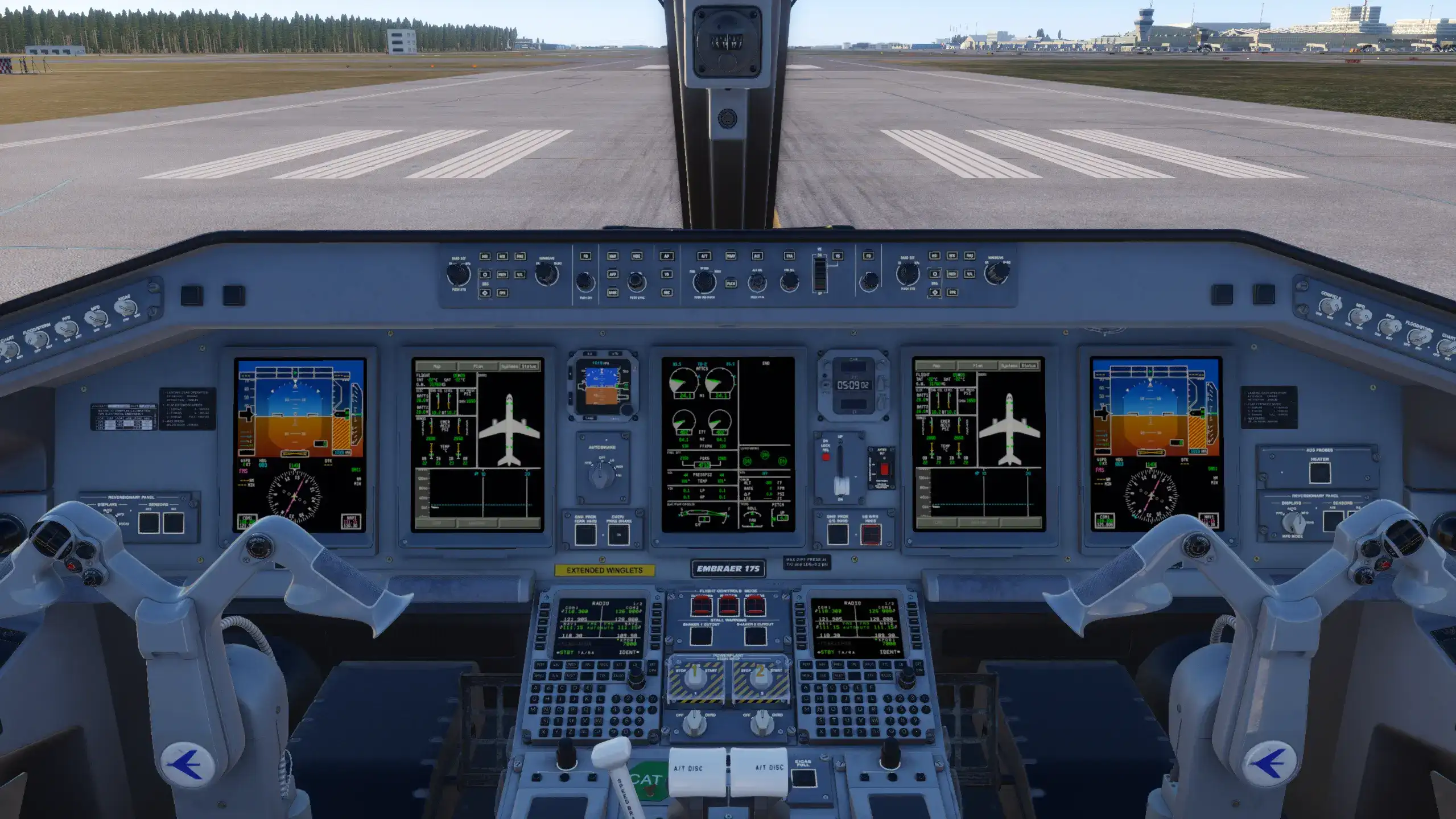
Some advanced features, such as holds, are still not available. X-Crafts has indicated that they are working on implementing holds, among other features, and that these are currently in research and development. However, this is not guaranteed, as it would require a significant investment. Additionally, it has been noted that X-Plane is currently too small to support the development of more niche "true study" level aircraft. This is why even in its Version 2 form, the aircraft cannot be classified as study-level. Nonetheless, it is important to recognize what X-Crafts has achieved with the resources they have. In my opinion, they have created the best representation of an E-Jet aircraft for flight simulation.

Flight Model
I am not a real pilot, so I can’t comment on the specifics of the flight model. However, the aircraft feels exactly how I think it should. You can definitely feel the difference in weight compared to Boeing and Airbus's narrow-body aircraft. The Embraer feels agile and playful. With the fantastic X-Plane flight model, flying it is a joy. It reminds me of driving a sports car; while it may not be significantly faster or have extraordinary performance, it feels engaging to fly.
The aircraft truly feels like an extension of your body, making it a fantastic experience—one of the best I have had in X-Plane, period. In contrast to flying Fly-By-Wire Airbus aircraft in other simulators, the Embraer feels nimble and playful. This is a very subjective topic; unless you have experienced flying the real aircraft, you may not share my enthusiasm. I realize that not everyone will enjoy it as much as I do, but for me, this is possibly the most fun I have ever had flying an airliner. It is a joy to fly.

Sounds
The sound design is impressive, though it isn’t groundbreaking. However, it is certainly good enough.. The addition of a noise-cancelling headset is a fantastic addition, and is a feature that is sorely missing on other aircraft. The cabin sounds are probably the highlight of the audio experience. The sounds of doors, tables, and windows opening and closing are satisfyingly rich. Additionally, the twisting of knobs and the crisp sounds of the engine starter guard being opened and closed are pleasing. While the engine sound is decent, it is not particularly remarkable. Most of the time, you'll likely be wearing a “noise-canceling headset”, so the engine noise is not crucial. Nevertheless, the engine could use a bit more of that deep rumble.

Ease of use
The aircraft has been thoughtfully designed, with X-Crafts implementing several shortcuts that facilitate tasks that are typically more challenging to perform with a mouse, keyboard, and monitor compared to a real cockpit. For instance, changing the autopilot altitude can be easily done by scrolling on the selected altitude on the Primary Flight Display (PFD). Similarly, zooming in and navigating between waypoints in a flight plan is straightforward with intuitive shortcuts on the PFD. The ability to import weights from SimBrief is very useful.

Another excellent addition is support for keyboard input on the Flight Management System (FMS) and the tablet. However, I am not a fan of how this feature has been implemented. Traditionally, keyboard input involves the use of a pop-up window (something the E-Jets have also implemented). In that setup, when the window is active, the keyboard inputs are directed to the scratchpad in the FMS. Unfortunately, this system works differently here; users must turn on “direct keyboard entry” using the Caps Lock or Tab key.
In my opinion, this approach requires some adjustment, and I often found myself puzzled over why my keyboard seemed unresponsive, only to realize that I had inadvertently written a bunch of gibberish in the FMS scratchpad. While there is an audible click sound when entering data into the FMS, I found it too distracting to keep it on. Ultimately, this confusion stems from user error rather than a flaw in X-Craft's design. While this is highly subjective, I am personally unsure why this method was chosen.

Exterior Model
The modeling of this aircraft truly stands out. You can clearly see the countless hours dedicated to perfecting every detail, making the model as realistic as possible. One area where this is particularly evident is the landing gear. The coils, cables, and even the tires are accurately replicated. You could almost create a walk-around simulator using this model. Even the smallest charts and documentation attached to the landing gear are readable. Considering the limitations of X-Plane, this achievement is indeed very impressive.

Interior Model
X-Crafts continues to impress with its interior design. The cockpit is beautifully crafted and is one of the best I’ve seen in X-Plane. It is also highly interactive; you can move the seats, open the window, and even use the flashlight. Overall, these features contribute to a very immersive experience. The texturing is excellent, and I appreciate the dark cockpit fix they implemented. It is very impressive that an add-on developer was able to resolve this issue before the game developers did.

The high standards extend into the cabin, particularly with the Lineage 1000. It is evident that a lot of hard work has gone into perfecting the models. You can even interact with features such as the windows, tables, and cabin lights. The Lineage 1000 cabin is truly the pinnacle of the E-Jets family. The passenger cabin in the other variants is also good, though there is a noticeable difference in quality. Nonetheless, we are still looking at a very well-modeled interior.
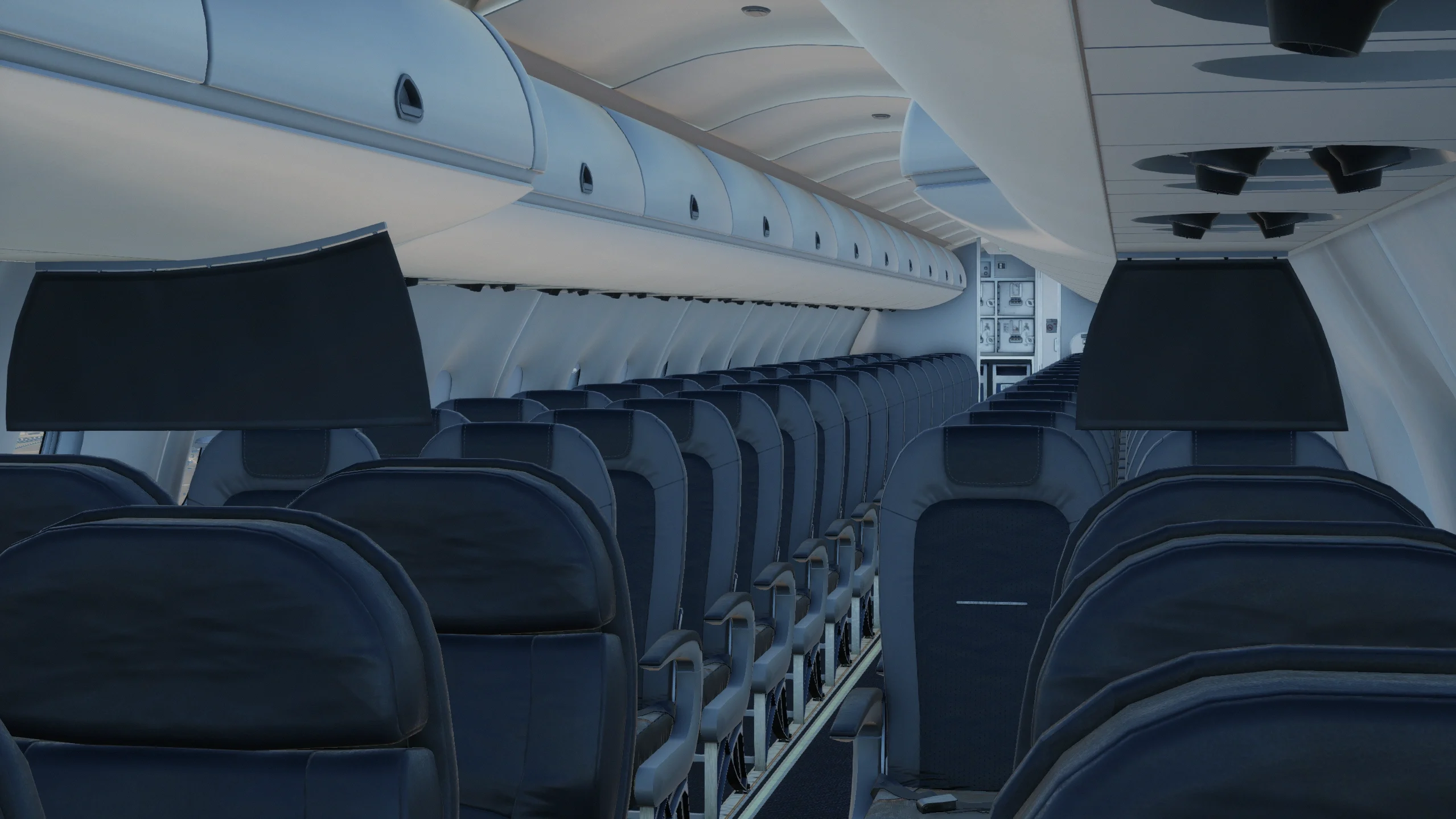
However, there is a general sense that the aircraft is somewhat limited by the simulator in terms of modeling. For example, the Flight Sim Studio Embraer for Microsoft Flight Simulator uses the same model created by X-Crafts, and in many cases, the graphics appear nicer. Nevertheless, X-Crafts has done an excellent job of making the aircraft look as appealing as possible.

Performance
My computer is reasonably powerful, though not extreme. My setup includes an AMD Radeon RX 6750 XT with 12GB of memory, an Intel i9-11900f processor, and a 2TB SSD. I have not encountered any performance issues with the aircraft, consistently achieving around 30 to 50 frames per second, depending on the graphics settings and the demands of the area. This is one of the best-performing airliners I have experienced in X-Plane.

Conclusion
The X-Crafts E-Jets may not suit everyone, but it's an excellent aircraft overall. While there are more detailed aircraft available in terms of systems, I truly enjoyed flying the X-Crafts. The Embraer design has a unique personality, making it a fun experience. The aircraft is well-modeled, and the thoughtful design ensures that it is as intuitive to fly as possible.

Individual aircraft are priced at $74.95, while the complete family is available for $149.95. You can also upgrade from one family member to the entire family for $84.99. Although this might seem expensive, considering that the full family includes five aircraft, it offers decent value for money at $29.99 per aircraft. If you're looking for an excellent regional jet for X-Plane, this is a fantastic option.

Thank you to X-Crafts for providing a review copy!
If you enjoy our content and want to support Threshold, consider joining us on Patreon
Share this page
COMMENT ADVISORY:
Threshold encourages informed discussion and debate - though this can only happen if all commenters remain civil when voicing their opinions.

